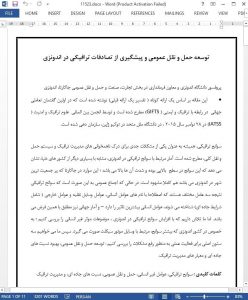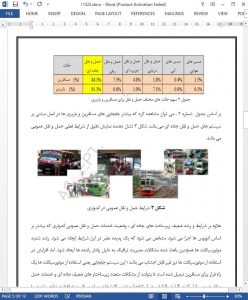Traffic accidents have long been known as an iceberg for comprehending the discrepancies of traffic management and entire transportation systems. Figures detailing traffic accidents in Indonesia, as is the case in many other countries, show significantly high numbers and severity levels; these types of totals are also evident in Jakarta, the highest-populated city in the country. While the common consensus recognizes that traffic accidents are the results of three different factor types, namely, human factors, vehicle factors, and external factors (including road conditions), human factors have the strongest influence—and figures on a worldwide scale corroborate that assertion. We, however, try to pinpoint the issues of non-human factors in light of increasing traffic accidents in Indonesia, where motorbike accidents account for the majority of incidents. We then consider three important pillars of action: the development of public transportation, improvement of the road ratio, and traffic management measures.
1. INTRODUCTION
Research and statistical figures often conclude that traffic accidents are an iceberg for comprehending the discrepancies of traffic management and entire transportation systems. Figures detailing traffic accidents in Indonesia, as is the case in many other countries, show significantly high numbers and severity levels; these types of totals are also evident in Jakarta, the highest-populated city in the country.
4. CONCLUSIONS
Traffic accidents in Indonesia, and mostly in big cities like Jakarta, are exhibiting an upward trend. While human factors have a powerful influence, there is another phenomenon that exacerbates the traffic accident problem: the motorbike mode. The quickly growing preference for the motorbike mode underscores a supply-demand imbalance in transportation systems in many Indonesian cities, in addition to other factors like the lack of sufficient road infrastructure.










